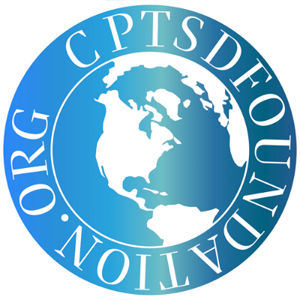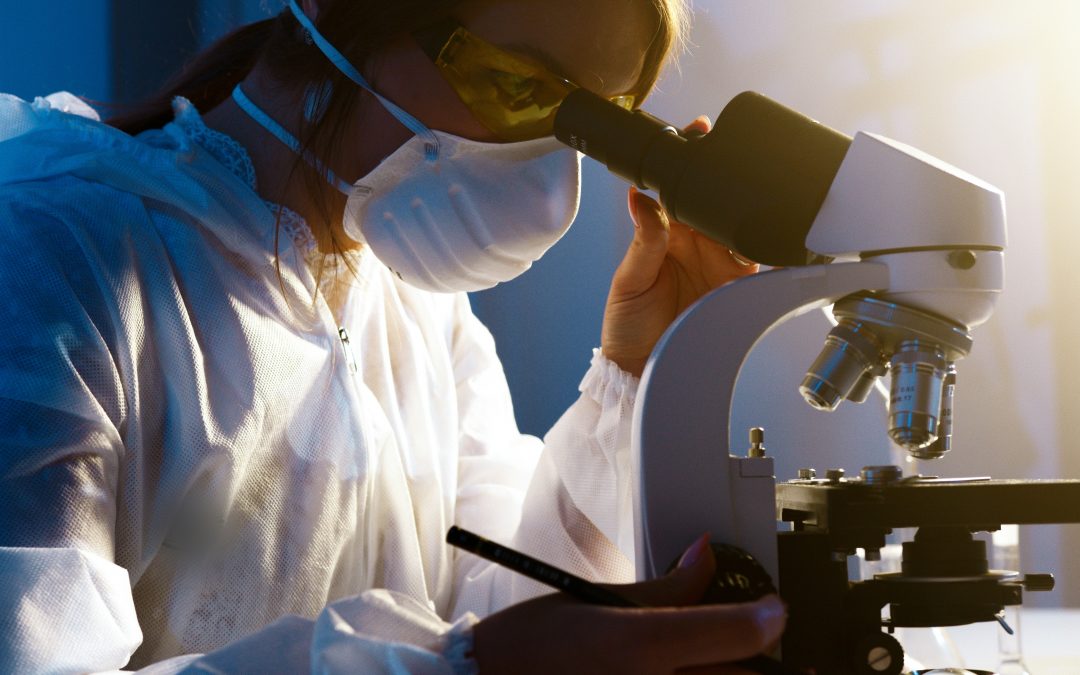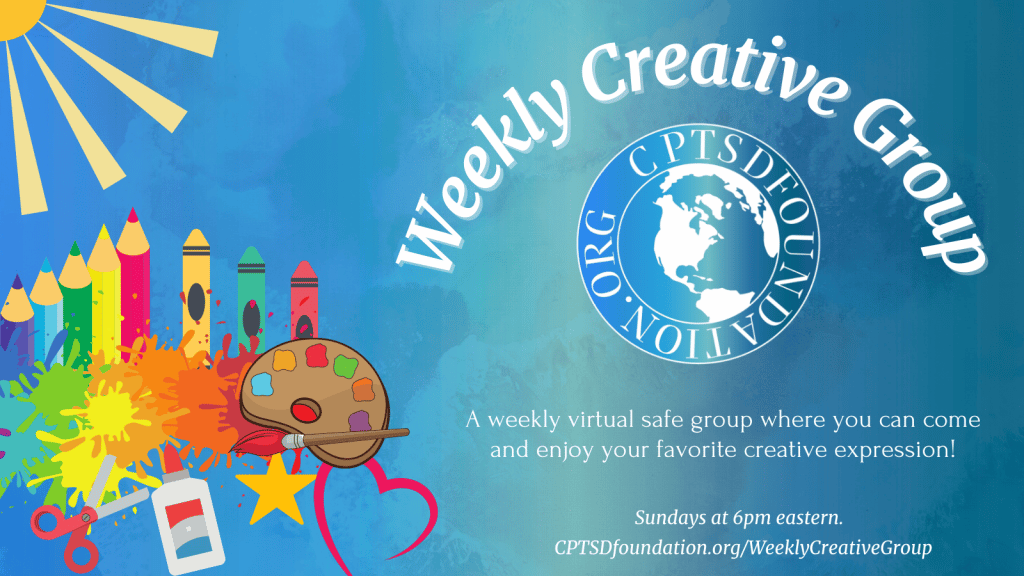Researchers discuss about how trauma causes stress levels to become unstable. I want to take a closer look at what this means. From one view, stress can point to a specific stress chemical that is produced in the adrenal glands. Adrenal glands are located on top of both kidneys. Adrenal glands produce hormones that help regulate responses to stress. One of these hormones is referred to as the glucocorticoid (GC). I want to talk about how GC manages stress and its effects in the body. I want to show how trauma, left untreated, may produce too much GC, leaving the body vulnerable to its environment.
GC is a class of corticosteroid which is a class of steroid hormones. GC is mainly spread into the cells of a human body through the classic glucocorticoid receptor (GR). A GR, in other words, functions as the vehicle to transport GCs around to the body’s cells. GCs are a class of stress-induced steroid hormones created by the adrenal gland which is under the control of the hypothalamic-pituitary-adrenal axis (HPA-Axis). Stress, i.e., cortisol, act to manage human growth, health and brain balance, metabolism, cognition, and inflammation.[1] GC play a key role in also overseeing the health of a person’s immune system, acting to prevent harmful responses to injury regardless of the level of severity. GC treat diseases like asthma, skin diseases, leukemia, and Hodgkin’s lymphoma. So, untreated trauma can produce GC in access which leaves the body more exposed to disease.
Although GC is useful to help your body remain healthy and can fight off many diseases, excess production of GC may cause severe harm to a person’s health. The production of GC could become unstable due to trauma that is left untreated. Trauma causes inflammation. Inflammation is a response the body produces triggered by a group of chemical agents that occur when cells are damaged and stressed or when viruses penetrate the physical barrier of the innate immune system. The inflammation system is key for a body’s survival by recruiting of cellular defenses needed to fight off viruses or remove damaged cells.

In figure (a), Mast cells detect injury to nearby cells and release histamine. A histamine is a compound that is released by cells in response to injury and in allergic and inflammatory reactions. This may cause tightening of certain muscles and a widening of capillaries. Capillaries’ main function is to deliver oxygen in the blood to the tissues and pick up carbon dioxide to be eliminated.[2] In figure (b), histamine increases blood flow to the wound site or due to stress due to an event that is overwhelming to a person’s senses. Histamines also increase vascular pathways to allow fluid, proteins, phagocytes, and other immune cells to enter infected tissue. During the period of inflammation, the release of bradykinin-short chains of amino acids linked together by peptide bonds-causes capillaries to remain stretched, flooding tissues with fluids and leading to edema, i.e., swelling.[3]
If trauma is left untreated, chronic inflammation may occur. This often results in ongoing lower-level battles between the host and the pathogen, i.e., trauma. Even though a person may appear healthy, pathogens that have been caused by trauma may still be present in deeper tissues. Chronic inflammation may even result in long-term edema. A condition that is known as lymphatic filariasis (LF). Although trauma does not always cause extreme physiological reactions like these, trauma plays a role in causing harm to the body because it sets off an inflammatory response.
After an inflammatory response occurs, the cell that is being attacked by a virus or a disease activates the NFaB. NFaB is a protein that is found in the body that controls transcription of DNA. DNA is your identity-it makes you “you.” Transcription is the process of changing DNA into RNA. RNA is a “picture” of a small section of DNA. Three steps occur when DNA is copied and made into RNA. The three steps are initiation, elongation, and termination. Briefly, initiation is the process when the section of the DNA, called the promoter, signals where and when transcription will occur. Elongation is the process when the RNA “reads” the DNA strand that has been detached from a bigger piece of DNA. After reading the DNA strand, RNA creates a new strand of RNA to connect to the DNA strand. Elimination occurs when a section of DNA signals where transcription stops. The new strand of RNA made from a strand of DNA leaves nucleus to be changed into a protein. The RNA contains the information necessary to build a protein. This process is called translation.

NFaB, then, activates the RNA which then is changed into cytokines. Cytokines are small proteins important in cell signaling. These cell proteins regulate immune responses when inflammation is occurring in the body of a person. They control cell recruitment whenever there is a would, causing inflammation. Cytokines are important in health and disease, specifically when fighting off diseases, inflammation, trauma, sepsis, cancer, and reproduction. Cytokines, however, can harm a person as well. Cytokines have been linked to many disease states and conditions ranging from schizophrenia and major depression.
GC, then, will enter a cell which will turn off the NFaB. When the NFaB turns off, inflammation will not occur when a person experiences trauma. If GC is being produced for long periods of time, the body will not produce white blood cells as frequently in a body. White blood cells are important for helping the immune system fight off infections. An access of GCs causes obesity and fluid retention, i.e., swollen belly. Lastly, GC’s can impact the health of a person’s bones causing osteoporosis.
To close, although GC’s are helpful by keeping people’s body healthy, it can also bring about severe effects that negatively impact the well-being of a person. Trauma turns on GCs to manage how much pain a person endures. GCs turn off the inflammation system. Pain is caused by inflammation; inflammation is a healthy signal that lets you know that your body is healing. A person can go decades without having their trauma treated. Stress, left unchecked, that is caused by trauma continues to trigger GCs in the body. Too much GC in the body causes psychological and biological suffering. Please seek treatment for your trauma today. Van der Kolk is spot on when he suggests that trauma is stored in the body.[4]
[1] Van, . K. B. A. (2015). The Body keeps the score: Brain, mind, and body in the healing of trauma.
[1] Ramamoorthy et al., 2016
[2] https://openstax.org/books/microbiology/pages/1-introduction
[3] Ibid
[4] Van, . K. B. A. (2015). The Body keeps the score: Brain, mind, and body in the healing of trauma.
Guest Post Disclaimer: Any and all information shared in this guest blog post is intended for educational and informational purposes only. Nothing in this blog post, nor any content on CPTSDfoundation.org, is a supplement for or supersedes the relationship and direction of your medical or mental health providers. Thoughts, ideas, or opinions expressed by the writer of this guest blog do not necessarily reflect those of CPTSD Foundation. For more information, see our Privacy Policy and Full Disclaimer.

Clinical Complex Trauma Specialist (CCTS-1),
Certified Dialectical Behavioral Therapist (C-DBT),
Certified Alcohol & Drug Abuse Counseling (CADC)





About 5 years ago (late 30s/early 40s) I began to have edema in my ankles/feet. In July 2020, I began to itch excessively all over. Since Sept 2020, I have had to take an anti-histamine to stop the itching and hives from making me completely miserable. April 2021, finally was able to determine how abusive my childhood was and that I deal with CPTSD.
This is in addition to the chronic body aches I’ve had my whole adult life.
I have seen doctors and all dismiss that these symptoms are related to my trauma and stress, they simply say there’s nothing wrong with me physically and the allergist told me that one day the itching will just “go away”. I’m terrified of how this has damaged me physically. I continue to work with trauma therapists, read, practice and attempt to “let go” of the tension and internal strife. Please continue to research this path. Eliminating the detrimental effects of childhood abuse really will eliminate so many diseases that are truly a result of it. I hope it isn’t too late for me to recover at least part of my health as I resolve the trauma. Thank you.
Thank you for sharing your story! Medical professionals have too much of a financial incentive to acknowledge the serious physical effects of symptoms related to CPTSD. We are medicalizing human beings every day. It is sad.
Just as the previous poster – I too have been physically sick for years with IBS, GERD, Pancreatitis, low cortisol, low DHEA, hypogonadism, low aldosterone, low renin, low growth hormone and many many more – I thought I was going crazy!
Diagnosed CPTSD and through my own research finally realized it is all due to HPA Axis suppression. The problem is … Doctors! They have no clue including my endocrinologist at Dartmouth-Hitchcock. I’m at my whits end.
Thank you CPTSD Foundation for all you do and getting this information out there.
I have a similar issue with doctors. They do tests and I tell them my symptoms…and they say, “your fine!” When it comes to therapy I had one therapist diagnose me with CPTSD a long time ago. Fast forward i needed a different therapy and he says CPTSD is not an actually in the medical or psychology book. Ive been applying for disability for years so obviously I need all the information from my doctor’s and therapist (which are never correct). So far i have been diagnosed with tourettes syndrome at 8, had an extremely abusive and chaotic childhood, I have OCD, severe anxiety and panic attacks, major depression, bipolar 2, sensory processing disorder, hypoglycemia, asthma and a possibility i have POTS and autism. It is all so confusing. I can barely work and barely afford necessities. I am a full time student getting my psychology degree but im struggling to keep up with school and my part time job. I only work 5 hours or so a shift but why does it feel so hard to get through a shift. Ive become so irritable. I work customer service. I get so overstimulated I feel like I could crush a car. But its my only option right now. The store closes in 2 weeks (halloween store) but its so hard to get through the day. Ive been told, “its only a few more weeks,” by so many people but it doesn’t work that way for me. Once ive tapped out im done, I can’t keep going my muscles hurt. It feels like I have the flu and got hit by a truck. CPTSD is not taken seriously in arkansas at all! Thank you for your research!
Thank you Sabrina for sharing your story. I’m sorry for what the medical community has put you through. It sounds awful. You demonstrate strength today by your willingness to share your experiences. Good for you for pursuing a psychology degree, despite all that you are going through. The medical community has helped many people. But, many who have struggled with CPTSD have been ignored. Thank you again for sharing your story, Sabrina.